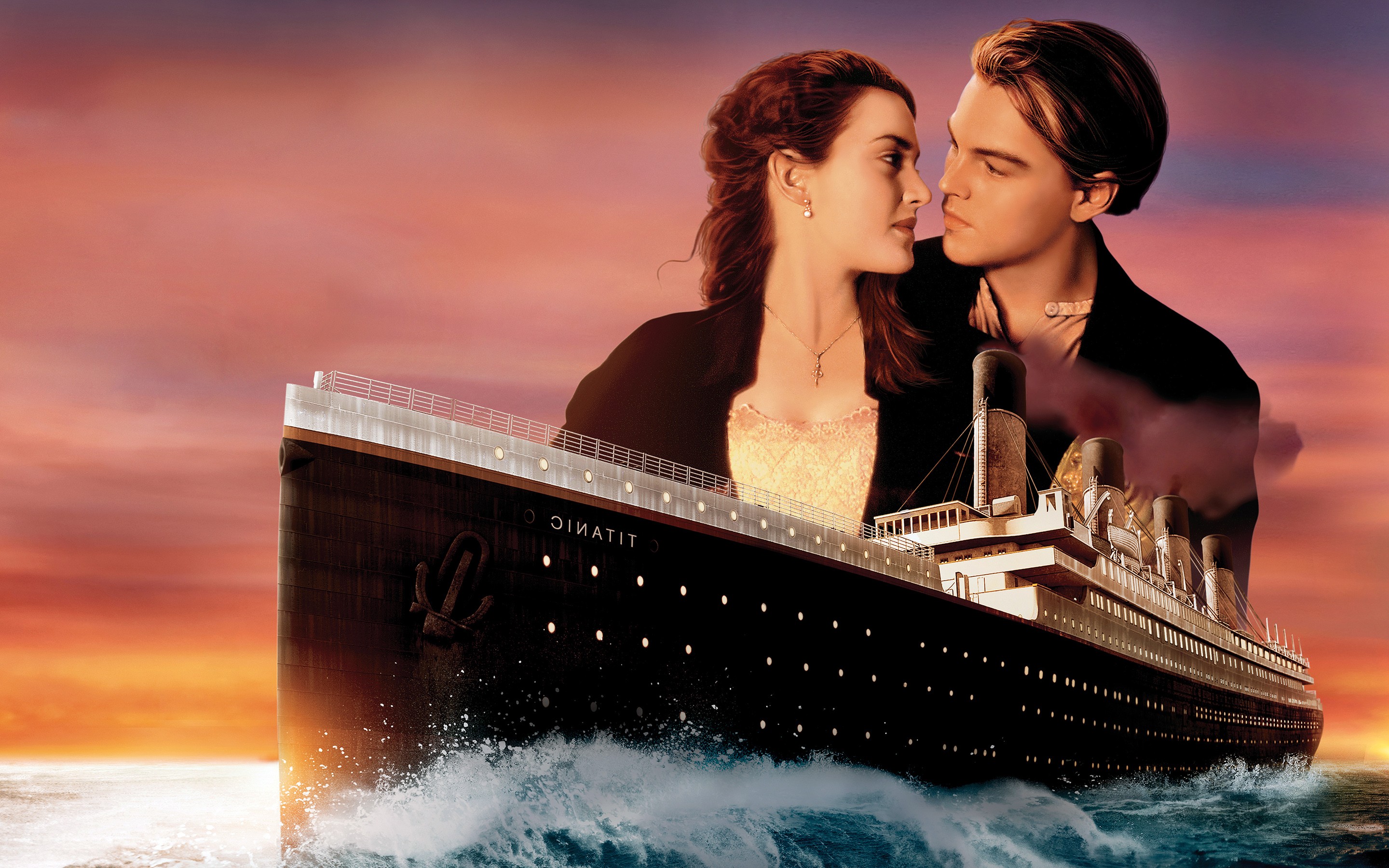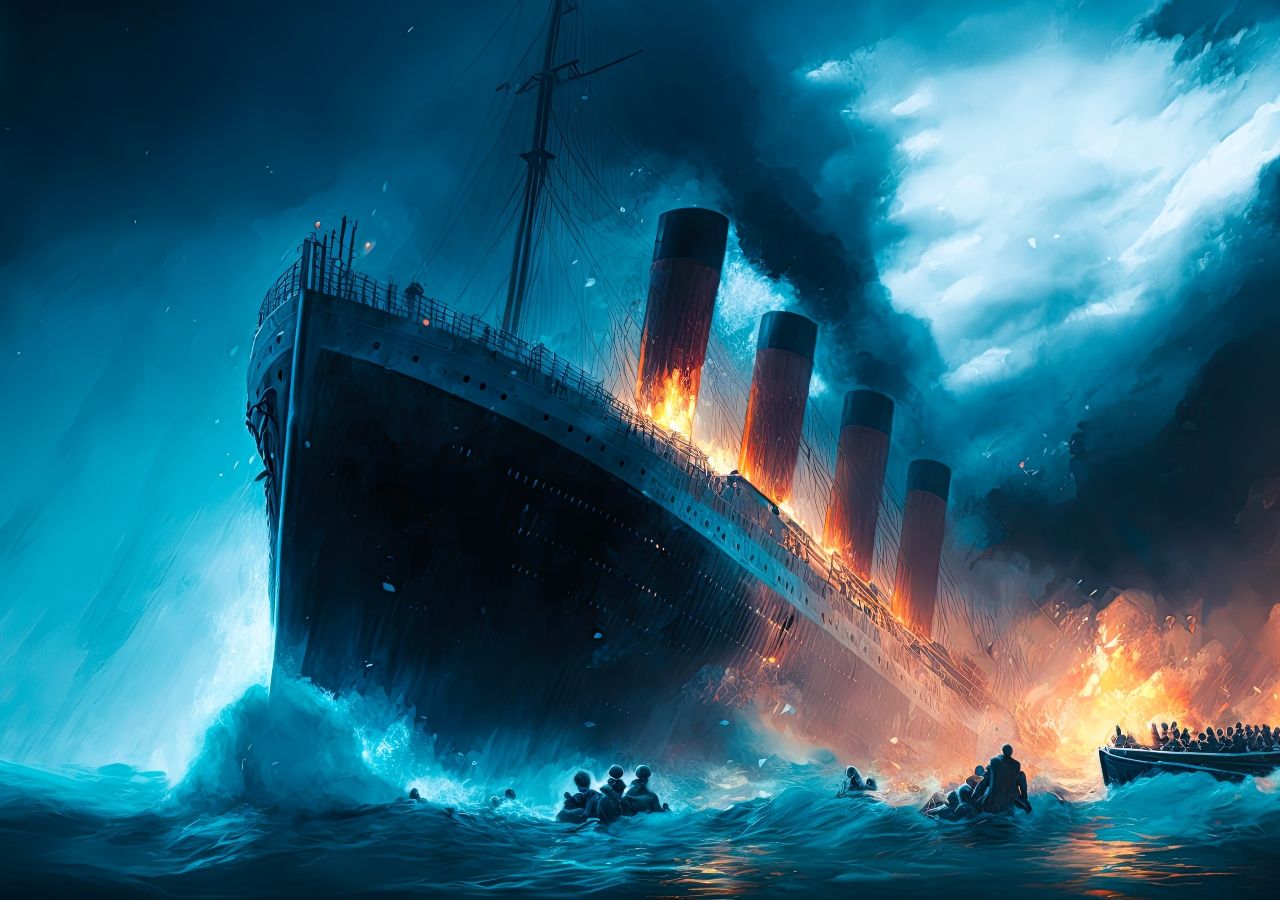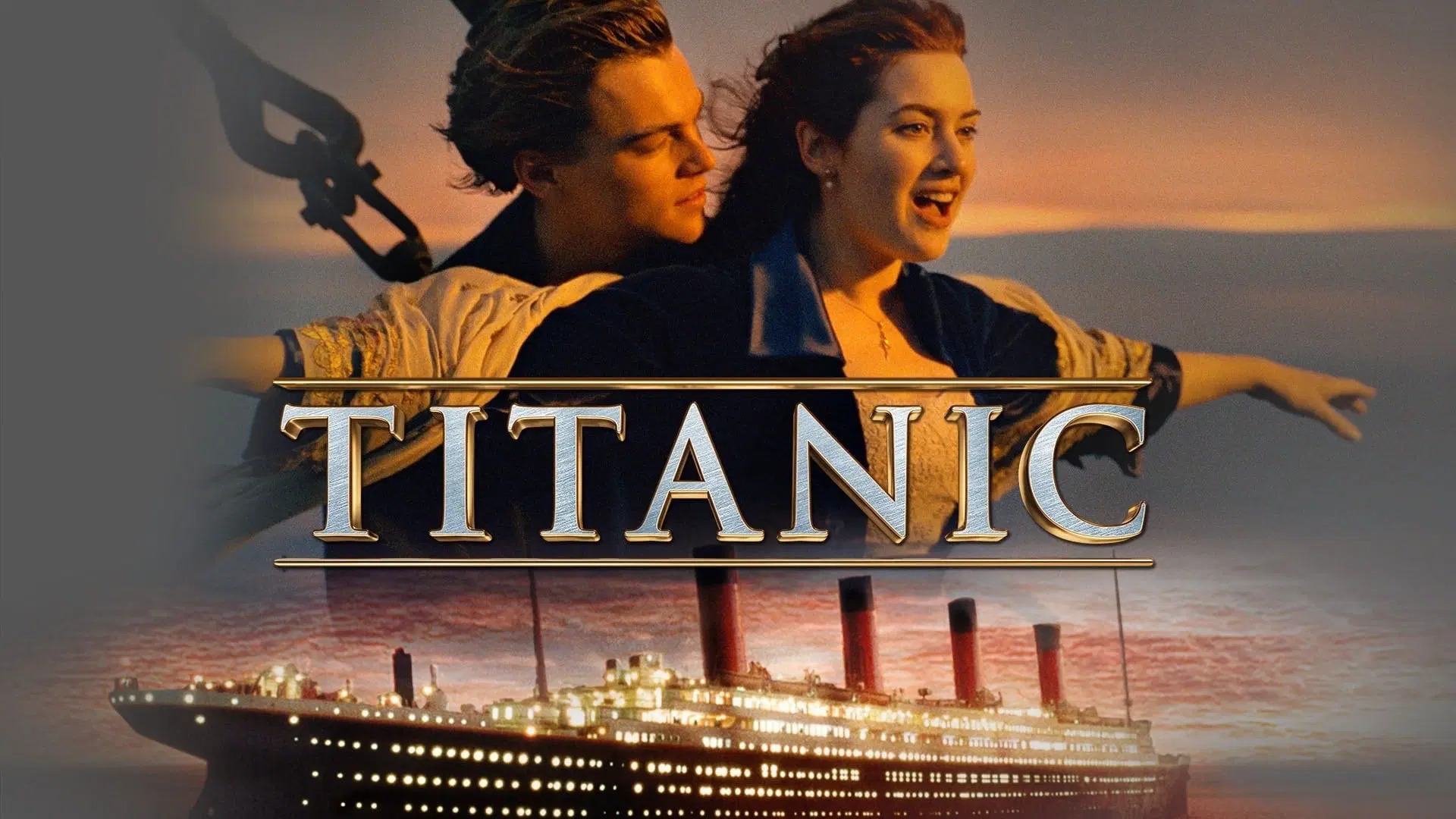Pictures Of The Titanic Under The Water - A Deep Look
The story of the Titanic, that grand ocean liner, continues to hold a truly captivating grip on people's hearts and minds, doesn't it? Even after so many years, the sheer thought of it resting far below the waves, a silent memorial to a fateful night, still stirs up a very powerful sense of wonder and, well, a little bit of sadness. For a long time, the wreck was just a mystery, a legend hidden by the vast ocean. But then, as a matter of fact, the visual records started to surface, offering us a window into that watery grave, allowing us to see what lies at the very bottom.
These photographic views, these actual pictures of the Titanic under the water, give us a very unique chance to connect with history in a truly tangible way. They show us not just a ship, but a moment frozen in time, a collection of objects that tell a story of human endeavor and, too, a sudden, tragic end. Seeing these images can be a really moving experience, bringing the scale of the disaster into sharp focus and making it feel, you know, much more immediate than just reading about it in a book.
It's quite remarkable, really, how these visual accounts have changed our overall perspective on the Titanic's final resting spot. They transform something abstract into something quite concrete, allowing us to observe the ship's current state, its decay, and the items scattered around it. This visual evidence, it turns out, is a crucial part of our continuing fascination with the ship, giving us a very direct link to a past event that still resonates with so many today.
- Kaitlyn Miller
- Dakota Fanning Booty
- Cyberkitty Onlyfans
- Suite P
- %D8%BA%D8%B2%D8%A7%D9%84 %D8%B1%D8%AC%D8%A8%DB%8C%D8%A7%D9%86
Table of Contents
- What Makes the Pictures of the Titanic Under the Water So Compelling?
- The First Glimpses of the Pictures of the Titanic Under the Water
- How Do We Get These Pictures of the Titanic Under the Water?
- The Tools Used to Capture Pictures of the Titanic Under the Water
- Where Can One Find Pictures of the Titanic Under the Water?
- Making the Most of Your Pictures of the Titanic Under the Water
- Why Do These Pictures of the Titanic Under the Water Matter?
- The Continuing Story Told by Pictures of the Titanic Under the Water
What Makes the Pictures of the Titanic Under the Water So Compelling?
There's something incredibly powerful about seeing something that was lost for so long, isn't there? The images of the Titanic lying on the ocean floor are more than just photographs; they are a kind of visual record of a moment that changed maritime history forever. People are drawn to them, arguably, because they represent a combination of human ambition, a sudden disaster, and the quiet passage of time. The very depth at which the ship rests, over two miles down, adds a layer of mystery and difficulty to capturing these views, making them feel even more special. It's like looking at a ghost, really, a ghost of a bygone era, preserved in the cold, dark depths. The sheer scale of the wreck, as shown in these photographic views, often takes people by surprise, offering a very humbling look at the forces of nature.
The First Glimpses of the Pictures of the Titanic Under the Water
For decades, the Titanic was just a legend, a story passed down through generations. Then, in 1985, a team discovered its resting place, and with that came the very first actual pictures of the Titanic under the water. These initial visual accounts were, quite frankly, astonishing. They showed a ship split in two, its grand features now covered in rusticles, surrounded by a scatter of personal items and pieces of the vessel. It was, in some respects, like opening a very old, forgotten book and finding its pages still readable, despite the passage of many years. These early photographic views were not just scientific findings; they were also incredibly emotional, giving the world its first true look at the ship since that tragic night in 1912. They brought the story to life in a way that words alone simply could not, offering a very stark reminder of the ship's fate.
How Do We Get These Pictures of the Titanic Under the Water?
Getting these visual records is a truly immense undertaking, as a matter of fact. It involves sending specialized submersibles, some with human occupants and others operated remotely, to extreme depths where the pressure is crushing and the darkness is absolute. These vehicles are equipped with very powerful lights and high-definition cameras, capable of capturing incredibly clear images in an environment that is, well, pretty unforgiving. The process is slow and requires a great deal of patience, with each trip to the wreck taking many hours just to get there and back. It's a bit like sending a tiny explorer to a distant planet, isn't it, where every movement is calculated and every captured view is a triumph against the odds. The technology involved has come a very long way since the first discovery, allowing for more detailed and extensive visual surveys.
The Tools Used to Capture Pictures of the Titanic Under the Water
The equipment used to get pictures of the Titanic under the water is, frankly, quite extraordinary. We're talking about very advanced robotic vehicles, often called ROVs (Remotely Operated Vehicles), and sometimes even human-occupied submersibles like Alvin. These machines carry specialized cameras, some that can take still photographic views and others that record moving footage, all designed to work under extreme pressure. They also have very bright lights to cut through the perpetual gloom of the deep ocean. Think of them as very sophisticated eyes and hands, reaching out to touch and record a place no human could survive without protection. The precision needed to maneuver these devices around the delicate wreck, capturing clear visual accounts without disturbing anything, is truly remarkable, you know. They are, essentially, our proxies in this very challenging environment, bringing back views for all of us to observe.
Where Can One Find Pictures of the Titanic Under the Water?
Finding these compelling visual records has become much easier over time, thankfully. What was once the preserve of scientific journals or documentaries is now, quite often, available to anyone with an internet connection. There are, for instance, many online places that offer a very wide selection of images. Some sites specialize in providing what you might call "the most comprehensive image search on the web," making it pretty straightforward to look for specific views. You can find "free media you can use anywhere," which is a really great thing for creators or just curious folks. This often means "no copyright restrictions, no attribution required," giving people a lot of freedom. It's like a vast public library of visual information, ready for you to explore, and that's pretty cool, if you ask me. Many of these resources have grown quite a bit, too, since around 2011, when a fascinating online project was apparently getting started, making more historical and public domain content available.
Platforms exist where you can "unleash creativity with stockcake's free image library," which might include some historical or public domain views related to the Titanic, or similar themes. You can "download beautiful free pictures from the world’s largest library of quality images," which often means millions of options. Some of these sites boast "over 5.5 million+ high quality stock images, videos and music shared by our talented community," so there's a very good chance you'll find what you're looking for there. You can "choose from millions of free stock stock photos," giving you a truly immense pool of visual content to pick from. For example, you can "download hd stock photos for free on unsplash," which is a very well-known source for high-quality, freely usable images. This availability means that these visual accounts of the Titanic are not just for specialists; they are for everyone, allowing a broader public to connect with this important piece of history.
Making the Most of Your Pictures of the Titanic Under the Water
Once you've found some interesting pictures of the Titanic under the water, there's quite a bit you can do with them, particularly if they are offered with few or no usage restrictions. Many platforms that provide these free visual records also come with tools to help you make them look their best. You might want to "crop, adjust, add filters, and make your photos look their best with our intuitive photo editor." This means you can, for instance, brighten up a dark image, sharpen details, or even change the color balance to give it a different feel. It allows you to personalize how you view or share these historical visual accounts, perhaps highlighting a specific part of the wreck or creating a particular mood. It's about taking these raw visual records and shaping them a little to fit your own creative vision or what you want to communicate about the ship. So, you have the freedom to really engage with the material, which is pretty neat.
Why Do These Pictures of the Titanic Under the Water Matter?
These visual records matter for many reasons, actually. They serve as a very powerful reminder of the human cost of the disaster, showing us the physical remains of a ship that carried so many hopes and dreams. They are also incredibly important for historical study, offering researchers a direct look at the wreck's condition and how it has changed over time. These pictures of the Titanic under the water help us understand the forces that caused the sinking and how the ocean environment affects such a massive structure. They are, in a way, a very silent witness to history, providing concrete proof of an event that has, for better or worse, become a very significant part of our collective memory. They allow us to observe the details that might otherwise be lost to time, keeping the story alive for future generations.
The Continuing Story Told by Pictures of the Titanic Under the Water
The story of the Titanic is, in some respects, still being written, and the pictures of the Titanic under the water play a very big part in that ongoing narrative. Each new visual account, each fresh photographic view, offers a slightly different perspective, revealing more about the ship's decay, the surrounding debris field, and even the marine life that has made the wreck its home. These visual records allow scientists to track changes, and they allow the public to continue their fascination with this iconic vessel. They are not just static images; they are part of a very dynamic, unfolding story that continues to capture the imagination of people across the globe. So, the more we see, the more we learn, and the more deeply we connect with this truly profound piece of history, which is pretty amazing, really.
The article has covered the compelling nature of pictures of the Titanic under the water, how these visual records were first obtained, the specialized tools used to capture them, and where one can find these images freely online. It also touched on how to use image editing tools to work with these visual accounts and why these photographic views hold such significant historical and emotional value.

Titanic Movie Wallpaper Hd

Titanic: 10 curiosities about the most famous shipwreck in history

37 Facts about the movie Titanic - Facts.net